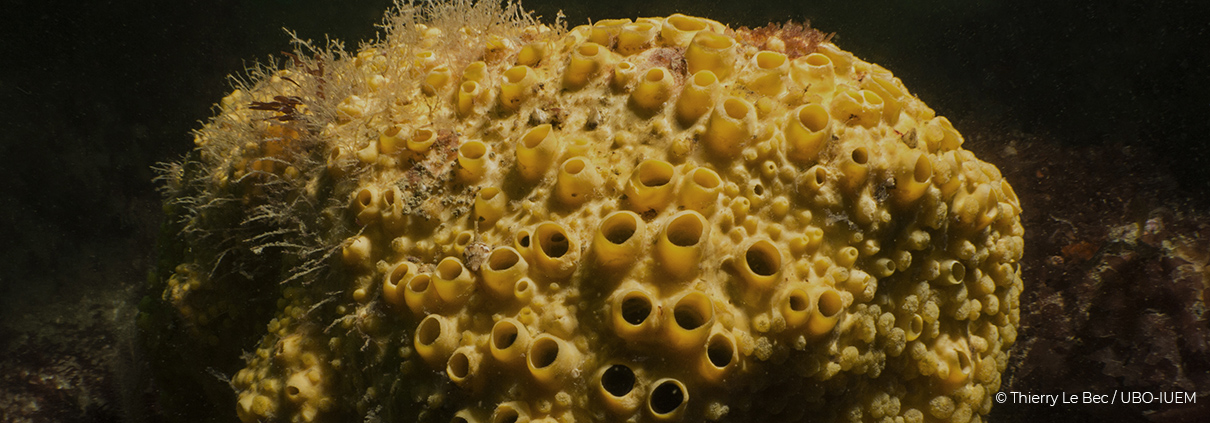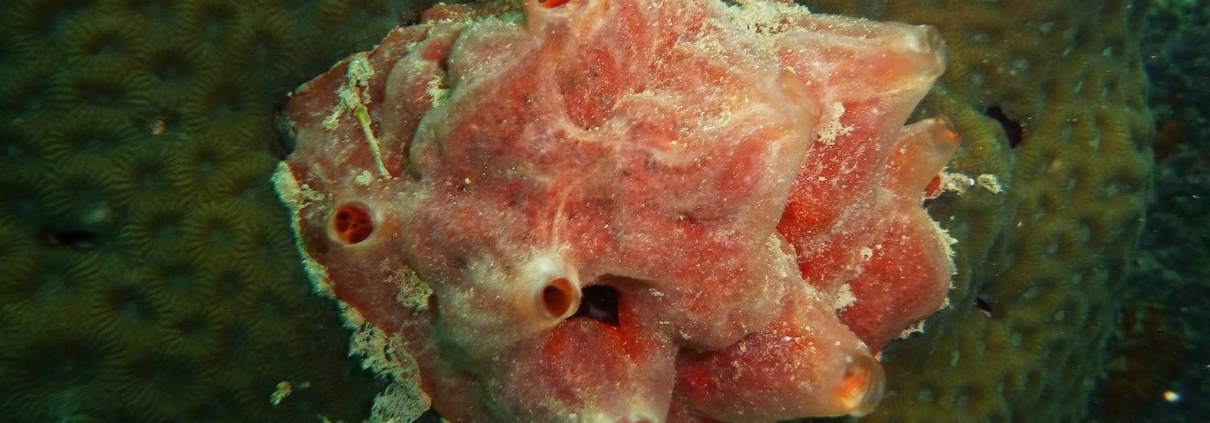Sponge skeletons as an important sink of silicon in the global oceans
Silicon (Si) is a pivotal element in the biogeochemical and ecological functioning of the ocean. The marine Si cycle is thought to be in internal equilibrium, but the recent discovery of Si entries through groundwater and glacial melting have increased the known Si inputs relative to the outputs in the global oceans. Known outputs are due to the burying of diatom skeletons or their conversion into authigenic clay by reverse weathering. Here we show that non-phototrophic organisms, such as sponges and radiolarians, also facilitate significant Si burial through their siliceous skeletons. Microscopic examination and digestion of sediments revealed that most burial occurs through sponge skeletons, which, being unusually resistant to dissolution, had passed unnoticed in the biogeochemical inventories of sediments. The preservation of sponge spicules in sediments was 45.2 ± 27.4%, but only 6.8 ± 10.1% for radiolarian testa and 8% for diatom frustules. Sponges lead to a global burial flux of 1.71 ± 1.61 TmolSi yr−1 and only 0.09 ± 0.05 TmolSi yr−1 occurs through radiolarians. Collectively, these two non-phototrophically produced silicas increase the Si output of the ocean to 12.8 TmolSi yr−1, which accounts for a previously ignored sink that is necessary to adequately assess the global balance of the marine Si cycle.
References
Maldonado, M., López-Acosta, M., Sitjà, C., García-Puig, M., Galobart, C., Ercilla, G., & Leynaert, A. (2019). Sponge skeletons as an important sink of silicon in the global oceans. Nature Geoscience. https://doi.org/10.1038/s41561-019-0430-7







